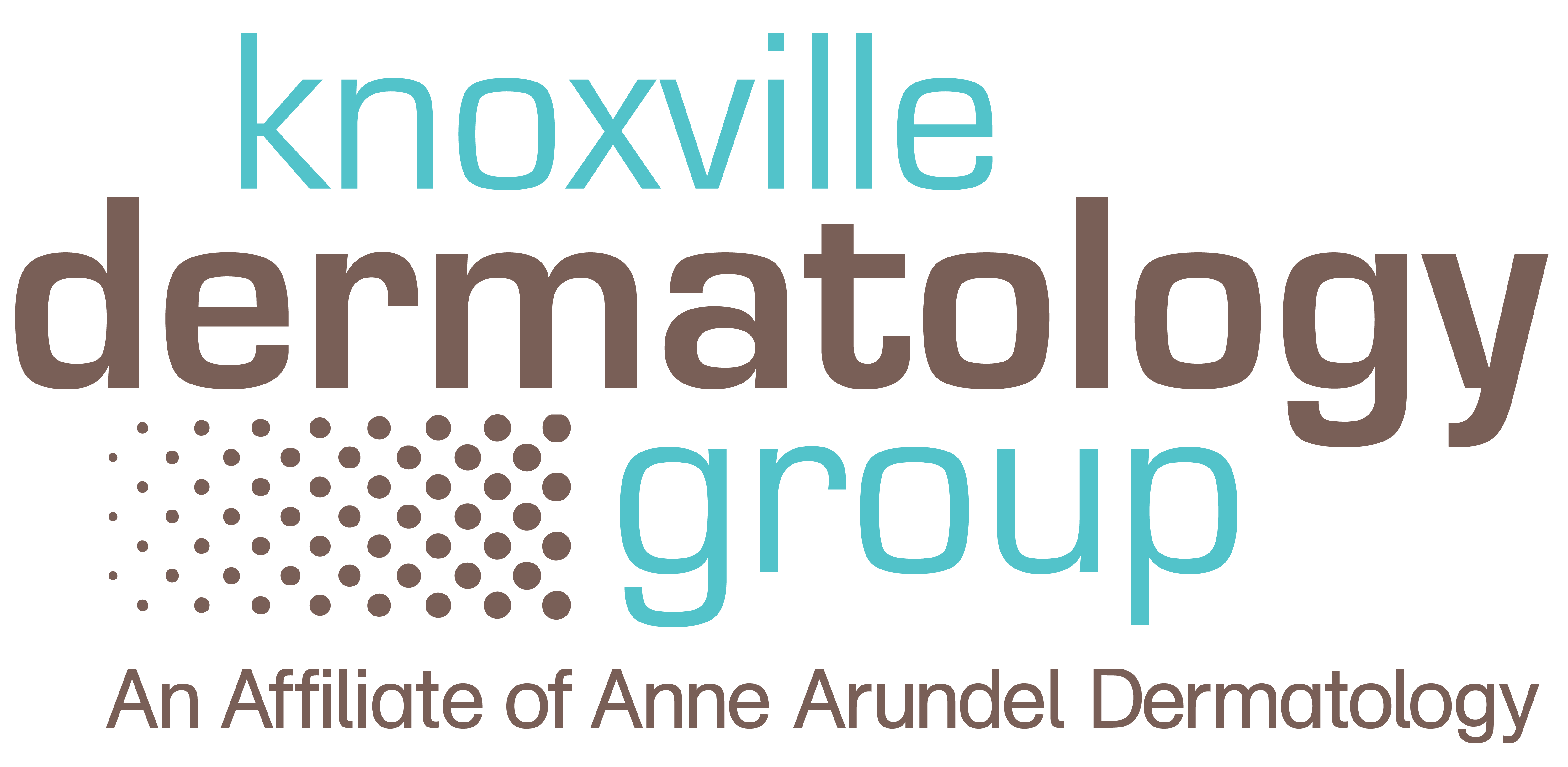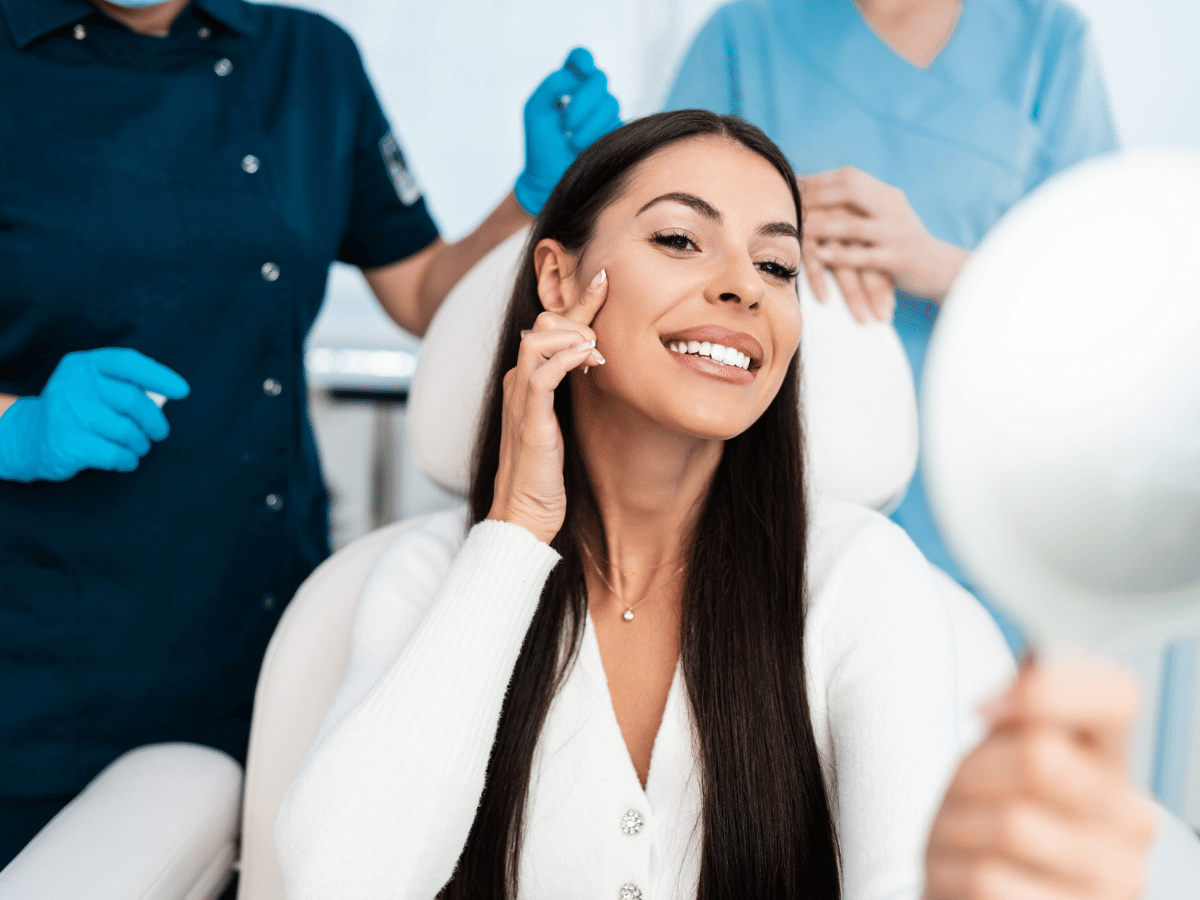Medical Dermatology Services
Your skin is your largest organ, and adults support roughly 8 pounds and 22 square feet of it. Skin serves as a huge sensor packed with nerves that connect the brain to the outside world. At the same time, skin provides us a range of movement, proving itself an amazingly agile organ.
Your skin is your billboard of health, announcing how your body feels and how it’s functioning internally. Healthy skin is very important to your overall well-being, and we’re here to assist and educate you on how to care for it.
Regardless of your problem, we are pleased to examine any skin disorder or growth and provide you with the best answers to your questions and comprehensive treatment options.
Skin Conditions We Treat
Acne
Acne is an extremely common skin condition that develops when hair follicles on the face become clogged with dead skin cells and oil.
Alopecia Areata
The term alopecia areata refers to an autoimmune form of hair loss that is often patchy. Alopecia areata can cause hair loss on the scalp, face, and potentially other areas of the body. This condition can appear at any age, but it frequently begins in childhood or young adulthood.
Birthmarks
Birthmarks are common forms of changes in color or structure of the skin. Birthmarks can be present at birth or develop within the first few weeks of life. Most birthmarks are benign, meaning they are not cancerous. Birthmarks can appear anywhere on the body, including the face.
Dry Skin
Dry skin, or xerosis, is a common condition that can occur for a variety of reasons. You can typically manage dry skin at home, but excessively dry skin may point toward another issue that requires help from a dermatologist.
Eczema
Eczema is a common skin condition that also goes by the names atopic eczema, dermatitis, and atopic dermatitis. The condition, which is especially common in children, causes red patches to appear on the skin that are scaly, itchy, and dry.
Facial Moles
Facial moles come in all different shapes colors and sizes. Often removal of one or more flesh moles that you have slowly watched become less sightly over the years is more simple than you would imagine.
Hives and Rashes
Hives are red, itchy welts that can appear on the skin in response to an environmental or internal trigger. They can be caused by an allergic reaction to food or medication, a virus, stress, or even heat. Although the cause of hives is not always known, they are usually harmless and go away without treatment. Rashes can be a frustrating and uncomfortable experience. Identifying the type of rash you have is the first step in understanding how to treat it. Our team of dermatologists will evaluate your skin and provide an accurate diagnosis. From there, we’ll create a personalized treatment plan to help you find relief from your rash.
Hyperhydrosis
Hyperhydrosis is a condition where your sweat glands become overactive and cause excessive sweating. The condition can be better managed with the help of a recommended course of treatment from a dermatologist.
Keloid Scars
Keloid scars are raised, thick, and irregular scars that can develop after an injury or condition has healed. They can be caused by burns, cuts, acne, piercings, tattoos, and surgery among other things.
Melasma
Melasma is dark spots on the face that are a common complaint in dermatology and can be due to sun damage, hormones, acne, and age.
Moles and Warts
Moles are common. Almost every adult has a few moles. It is normal for new moles to appear during childhood and adolescence. Warts are benign (not cancerous) growths caused by a virus that has infected the top layer of skin. Warts are contagious and can be spread by contact with the wart or with something that the wart has touched.
Molluscum Contagiosum
Molluscum contagiosum is a common skin disease caused by a virus. It is contagious and can spread from person to person or by touching infected clothing, toys, or other items.
Psoriasis
The National Psoriasis Foundation describes psoriasis as an immune disease affecting approximately three percent of the American population. Immune diseases stem from faulty signals in the body that typically have no known cause and result in widespread inflammation. The most obvious signs of psoriasis are scales on the skin and raised plaques. The appearance of plaques can be considerably different based on skin tone and type of psoriasis.
Rosacea
Rosacea is a common skin disorder involving the cheeks, nose, chin, forehead or eyelids. It may appear as redness, prominent spider-like blood vessels, swelling or skin eruptions similar to acne.
Scars
Scars develop in response to an injury to the second layer of skin, the dermis. The wound creates permanent structural changes that alter the appearance of the epidermis, the skin’s top layer. While some scars can fade over time, dermatologists can offer options to minimize a scar’s appearance, if it makes you feel uncomfortable.
Skin Cancers
The most common cancer, skin cancers account for more than two million diagnoses each year in the United States alone. Most Americans are diagnosed with basal cell carcinoma, squamous cell carcinoma, or melanoma.
Skin Tags
Skin tags are small, benign, and often painless, growths that can appear anywhere on the skin. They can become irritated or bothersome, but can also be easily removed by a dermatologist.
Vitiligo
Vitiligo occurs when the skin’s melanocytes, the cells that produce melanin, die or stop functioning. The loss of skin color can affect any part of the body, including the mouth, hair, and eyes and it may be more noticeable in people with darker skin.
Services We Provide
Biopsies
A skin biopsy is a quick office procedure that allows for accurate diagnosis. The piece of the affected area is removed and sent to pathology to be examined under a microscope. Once the biopsy report is received, a treatment plan can be individualized for the patient.
Blu Light Therapy
BLU-U® Blue Light Photodynamic Therapy Illuminator (LEVULAN KERASTICK and BLU-U PDT) is indicated for the treatment of minimally to moderately thick actinic keratosis of the face or scalp. Actinic keratosis (AKs) are rough-textured, dry, scaly patches on the skin that can lead to skin cancer. It is important to treat AKs because there is no way to tell when or which lesions will progress to squamous cell carcinoma (SCC), the second most common form of skin cancer.
LEVULAN KERASTICK Topical Solution is applied to the AK. The solution is then absorbed by the AK cells where it is converted to a chemical that makes the cells extremely sensitive to light. When the AK cells are exposed to the BLU-U Blue Light Illuminator, a reaction occurs which destroys the AK cells.
Excisions
An excision is conducted to remove skin cancers not requiring Mohs Micrographic Surgery or other noncancerous lesions that can be removed in the office under local anesthesia. The affected area is removed and will be sent to pathology to ensure all margins are clear.
Full Skin Exams
A full skin examination is conducted by our board-certified dermatologists and advanced practitioners conduct full skin examinations to diagnose any skin condition and determine the best course of treatment.
PUVA Therapy
PUVA (Psoralen Plus Ultraviolet A) therapy is a light therapy treatment for skin conditions such as mycosis fungoides, Graft-versus-Host disease (GVHD), and cutaneous T-cell lymphoma.
Skin Cancer Treatment
Early detection leads to successful and minimally invasive treatment. Dermatologists can excise squamous cell and many basal cell carcinomas when identified at a first stage. Mohs Micrographic Surgery is the gold standard treatment for these cancers. It’s performed in steps and involves precise lab work to remove all the cancerous cells, resulting in the highest cure rate and sparing of your healthy tissue.
UVB Treatment
Phototherapy simply means treatment with light. Phototherapy is used for widespread eczema or for localized eczema (such as hands and feet) that has not responded sufficiently to topical treatments.
For treating skin disease, Narrowband ultraviolet B (UVB) light is the most common type of phototherapy. This uses a special machine to emit UVB light at 311-312 nm, which is the most beneficial portion of natural sunlight for skin diseases. Importantly, it also avoids the UVA aspect of sunlight which is very damaging to skin and can accelerate aging and progression towards skin cancers.
XTRAC Laser
This FDA-approved light therapy is a painless treatment with no post-treatment downtime, which targets skin conditions, including psoriasis, vitiligo, and atopic dermatitis, also known as eczema. Patients begin to see improvement after 3-4 treatments and clearance in 10-20 treatments.
Visit Knoxville Dermatology Group
Our team provides thoughtful, expert care for all your skin health needs. We are proud to offer the most advanced general, surgical, and cosmetic dermatologic services in the Knoxville area.

